Photos by Ricky Bivins
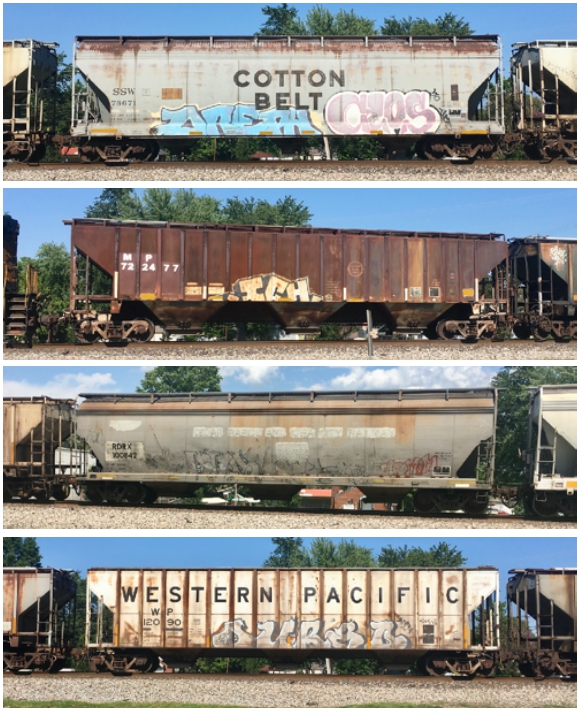
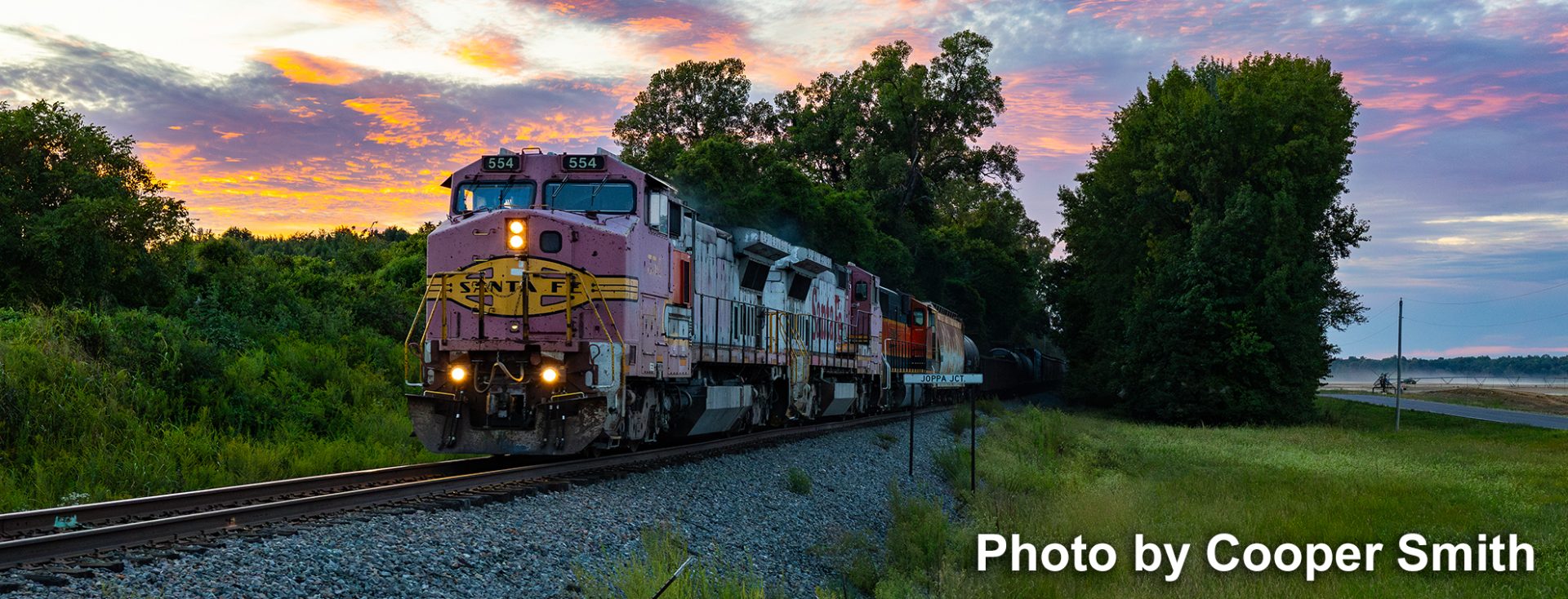
Photos by Ricky Bivins

Featured Modeler – Will Kling
I have Been N scale since 1971. The farm in the pictures is a non-railroad enterprise. I just thought it would be nice to have something that did not just have to be rail served.
I do plan on putting a foundation under the yellow building the farmhouse and put out the clothes lines and the other figures that I hand-painted. Also seen here are steel mill ingots I have just started to weather.
This layout covers 26 x 16 feet. When done I will have the L& N EK sub on the upper level and the SP / UP Chester sub on the lower level. The Red River Viaduct is 5 feet long. Click on picture for larger view!
The Hook Line & Singer Garden RR got some needed track work after a long period of deferred maintenance due to budget cuts! Tie replacement was a priority for the short line. – Bill Thomas
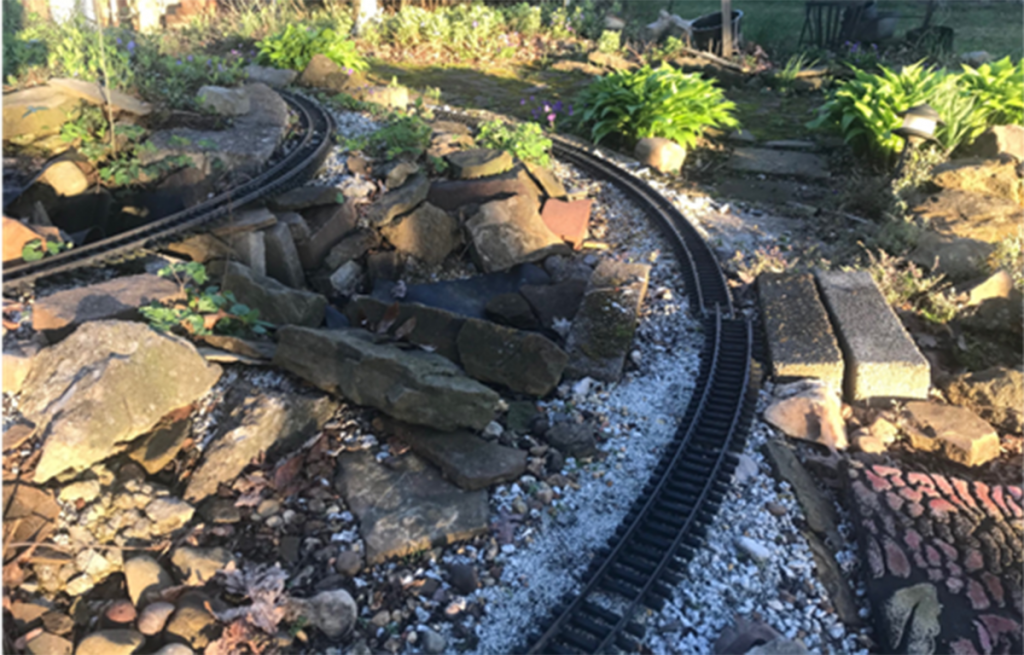
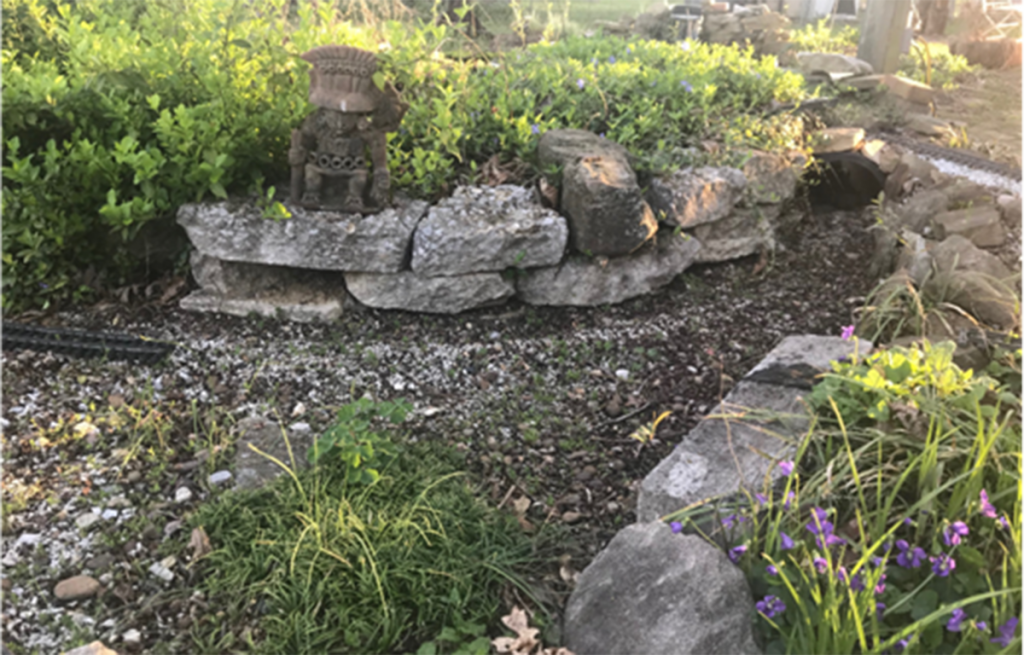
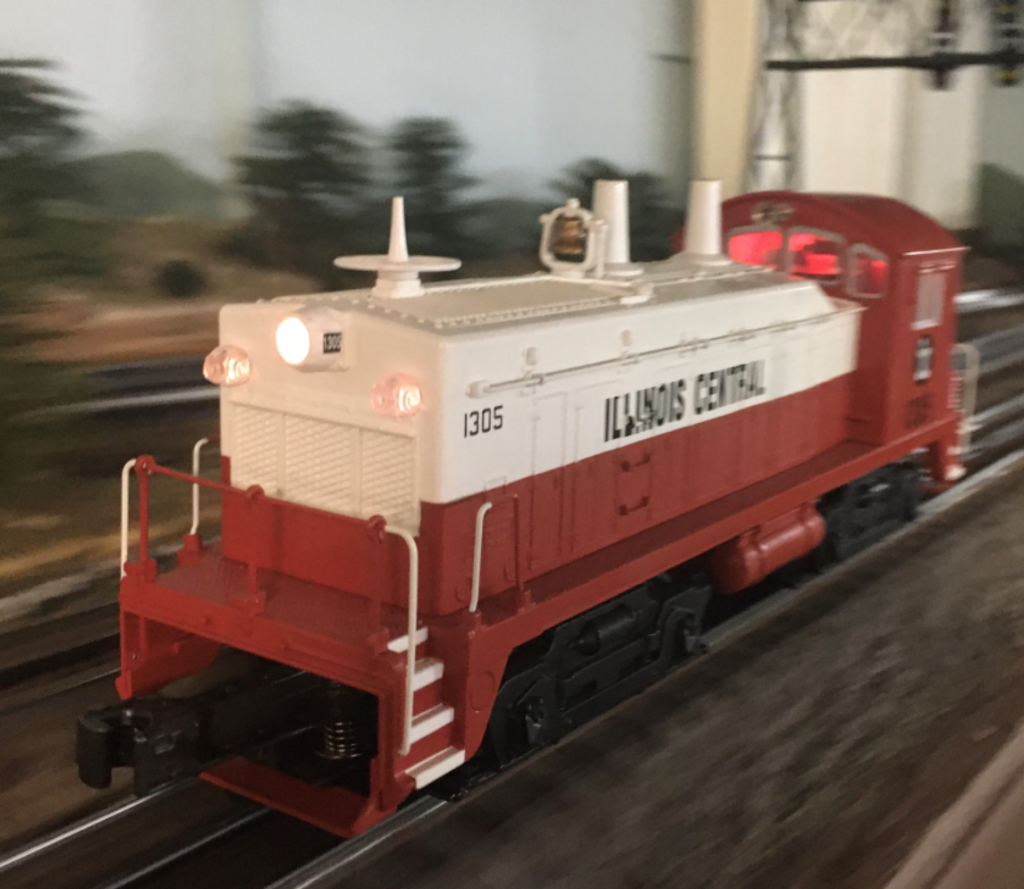
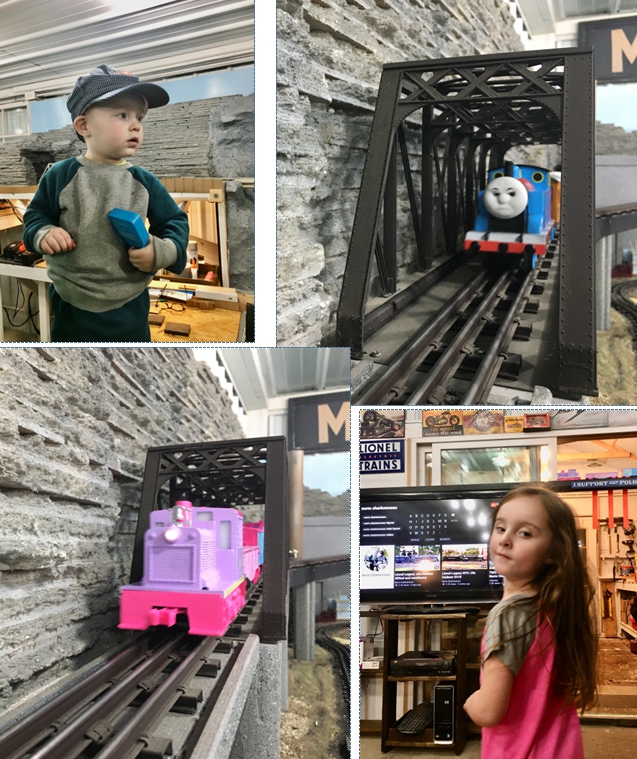
New train buffs Harper and Hayden Young run their Christmas presents on my (Ricky Bivins’) Valley Steel Lines layout.
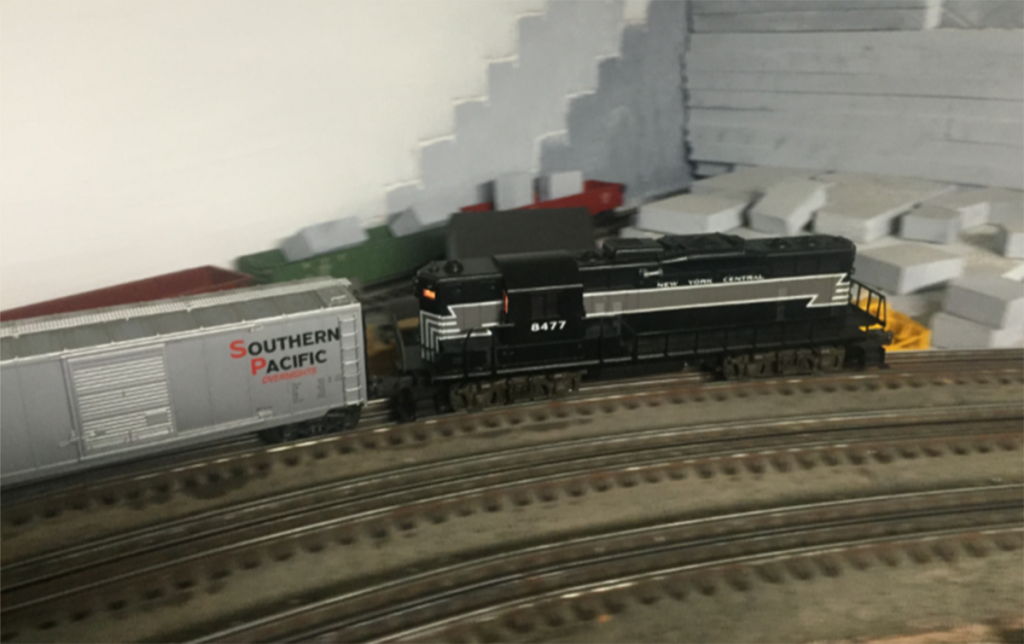
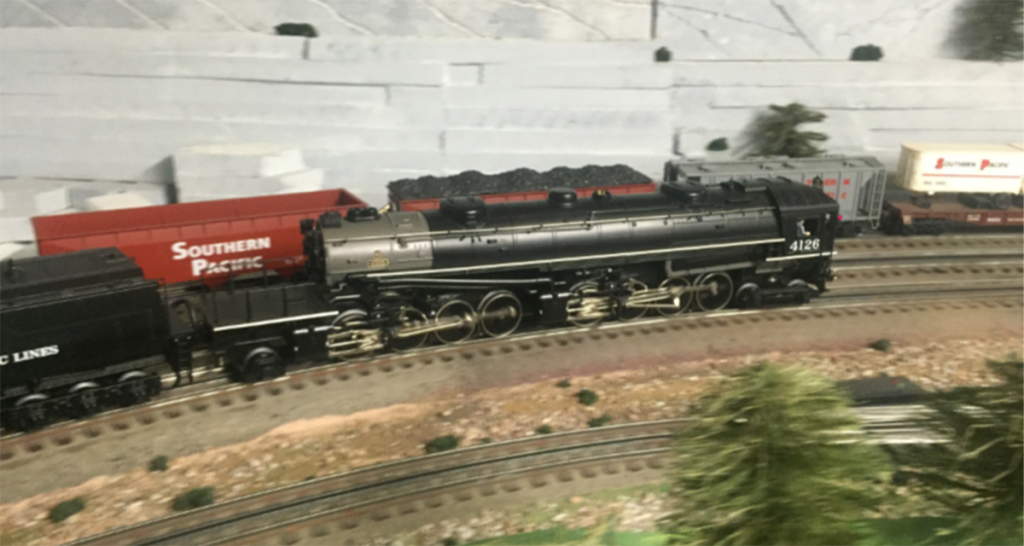
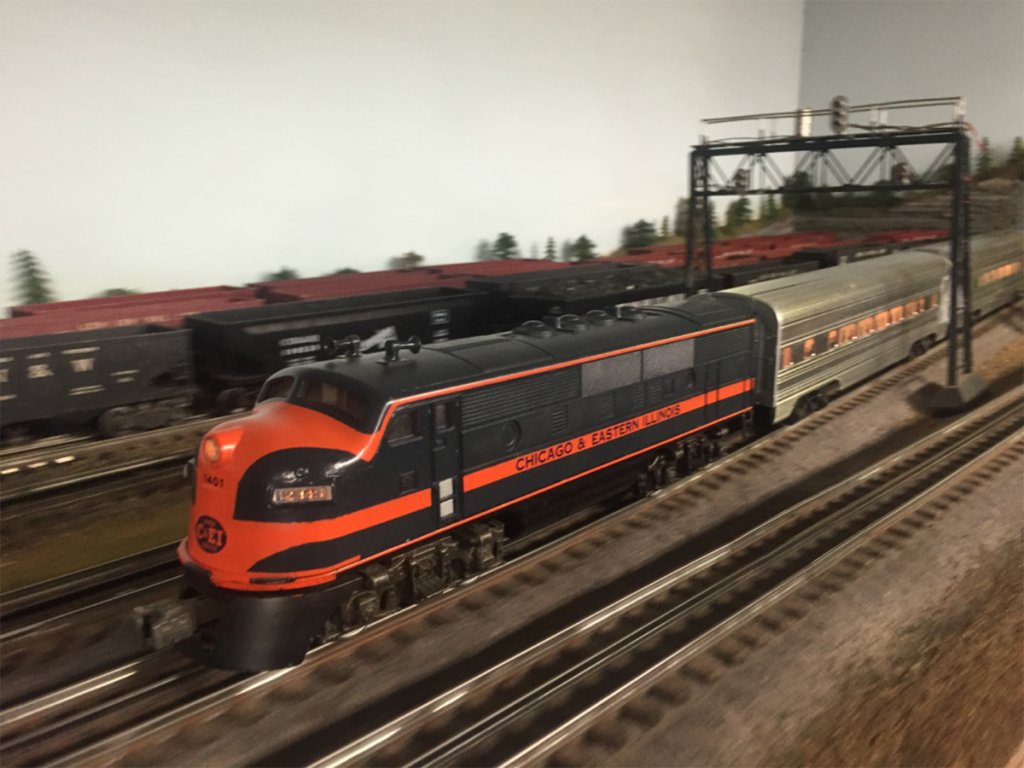
Top to bottom – A New York Central Lionel GP-9 hustles freight on the C&W RR. A Southern Pacific Cab Forward owned by Wally Watts on the C&W RR. A custom painted C&EI Lionel F-3 owned by Don Clayton speeds along the rails of the C&W RR. – Rick Bivins.
https://rapidotrains.com/ho-ge-b36-7/
Most notable is the TTI paint scheme which is a conditional announcement, meaning that they require a minimum order number to produce the models.
I have talked to the R&D guys and the magic number is 250. I know that I am in for a few TTI units and probably a CSX unit to patch for TTI to be a unit in service before repaint. I just saw the pre-production samples at the Rocky Mountain Train show in Denver Co. this past weekend, and these are stunning models. You will not be disappointed.
Matt Gentry
Rich Hane came across this Pennsylvania Railroad K4 type steam engine that I saw on a recent trip to the National New York Central Railroad Museum in Elkhart, Indiana. It is built out of 421,250 toothpicks and 40 pounds of glue and is about 8 feet long. It was built by Terry Woodling of Warsaw, In. after 7 years of labor.
The brakes, wheels, siderods, and windows all move. Mr Woodling has, also, built an 8ft. DC3, a Lear jet, a touring motorcycle, and a Huey helicopter and hopes to build a stagecoach.
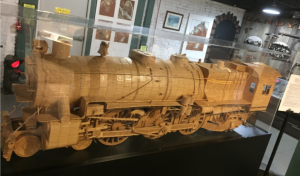
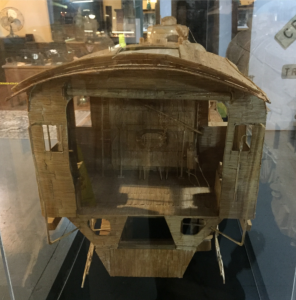
This is what 5.5 inches of super-elevation on a moderately tight curve looks like from ground level! The Northern Pacific’s eastbound Mainstreeter leans into a the curve at Peak, North Dakota, while passing a freight cooling its heels in the siding.
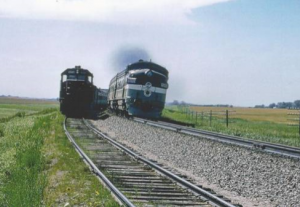 65 miles per hour was the speed restriction for this track segment. Though six inches was NP’s maximum curve elevation, good engineering called for a half inch less here, because 65 MPH, the highest speed to be accommodated, was very near equilibrium (balanced) speed for that elevation.
65 miles per hour was the speed restriction for this track segment. Though six inches was NP’s maximum curve elevation, good engineering called for a half inch less here, because 65 MPH, the highest speed to be accommodated, was very near equilibrium (balanced) speed for that elevation.
The siding’s curve, where much lower speeds occur (only 15 – 20 mph), is elevated only a half inch. Engine crews learned to honor this 65-mph limit. In 1960 the crack streamliner North Coast Limited was going a little fast around this curve when the flanges of the lead locomotive tried to climb the outside rail, nearly derailing the passenger train.
This was back in the days of “clickety-clack” jointed rail in 39 foot lengths. The sun angle provides good clarity of the bolted rail. Why 39’… you ask.? Old habits are hard to break, and in the really early days 39 foot rails fit nicely on a forty foot flat car. Today’s welded rail is toted around in quarter mile or longer lengths.
Submitted by Gary O. Ostlund
Credits: Pix by Wilbur R. Shannon, text excerpts from the Northern Pacific Railway Historical Association calendar, May 2016.
New Chapter member Will Kling submitted these photos and drawings of his recent work in N Scale. – Bill Thomas
From Will…
Attached is the drawing of the cannery in N Scale each square = 1 inch I also included a site mock up and a picture of the warehouse with the cross over opening where the two building will connect. The warehouse is not yet painted, still working on roof details. Tonight started cutting out of sheet styrene the Cannery. Once that is done will start working on the dock. I’ve been taking photos and drawings of the complex I am building.
I was asked to build an N scale cannery and warehouse for a guy in California. The warehouse is a kit bash but the cannery and the dock are being scratch built. My wife and I are building an addition to our home that will have a basement. I plan to build a two-tiered N scale layout. The top layer will be the EK division and the bottom will be SP/UP division in the St. Louis area.
If you have photos and/or stories about your modeling activities, please send them to me for this portion of the newsletter. Thanks – Bill Thomas
Keith Kittinger shares some progress on his HO L&N layout. To watch a video of a train crossing the new span click below. More photos under the video.